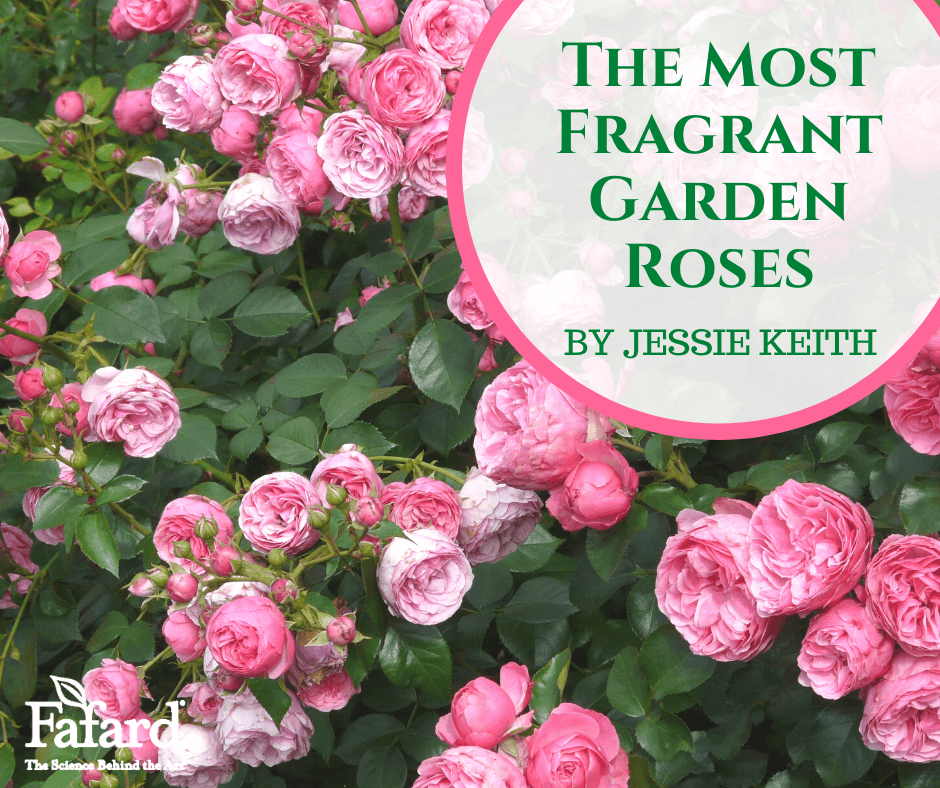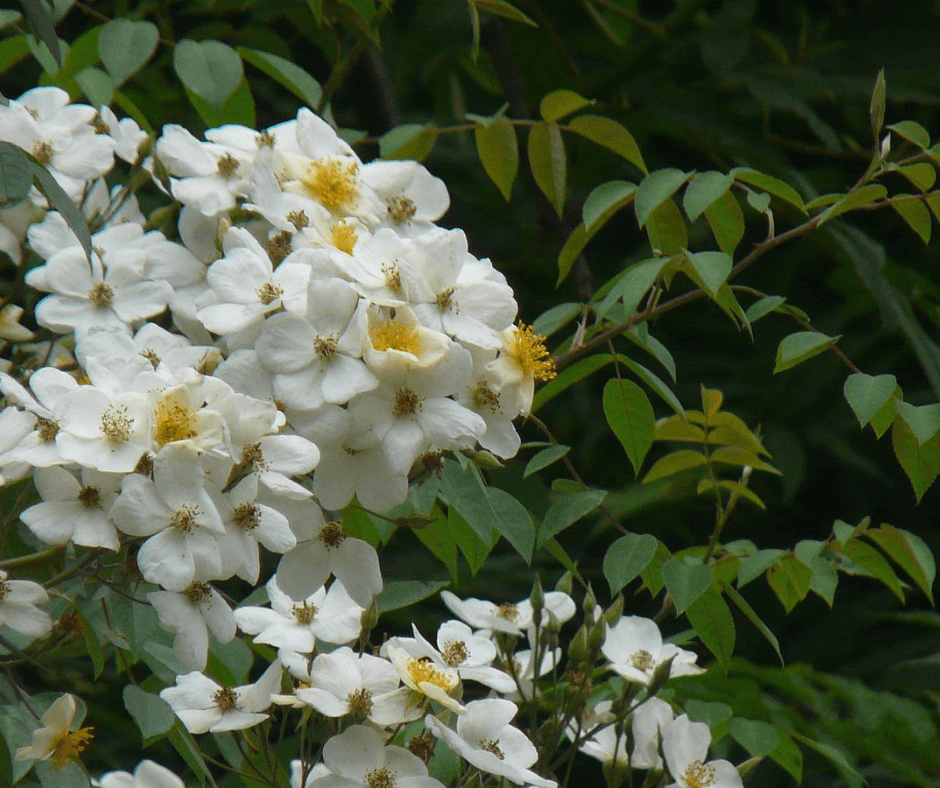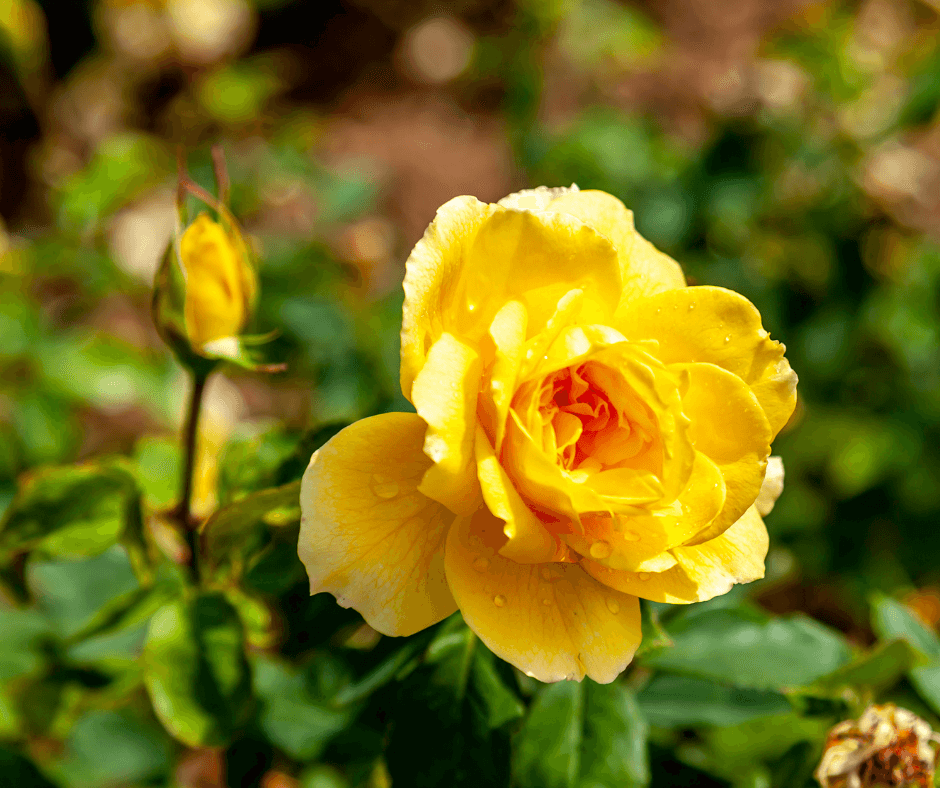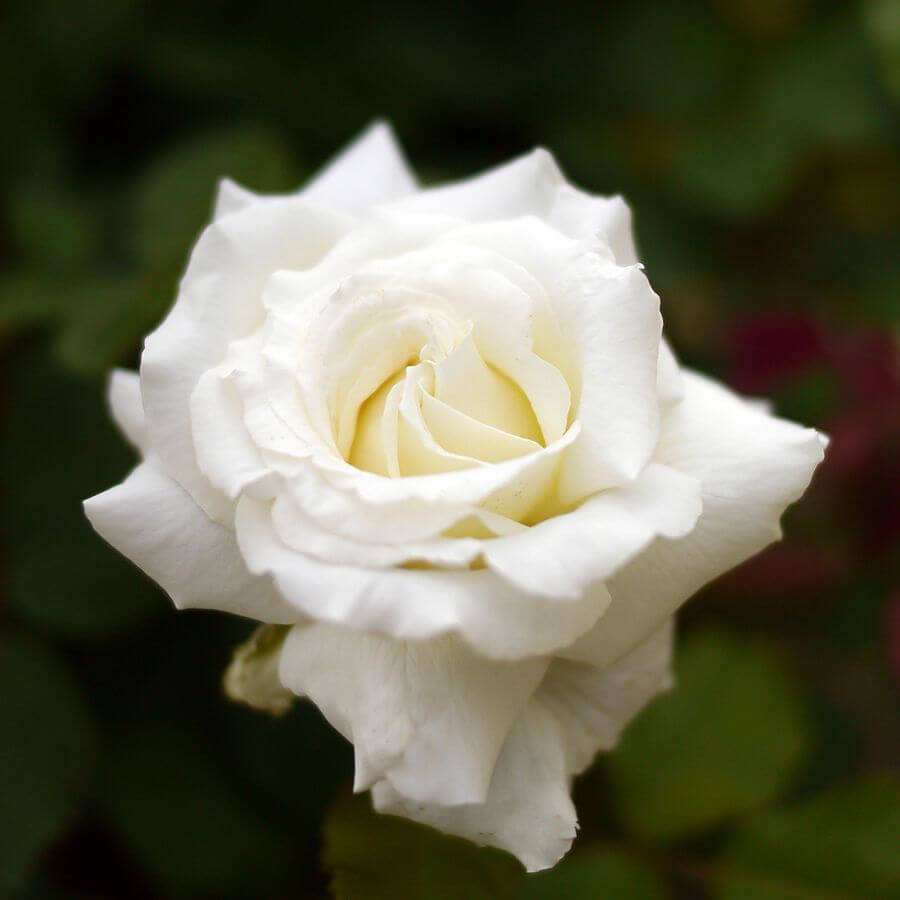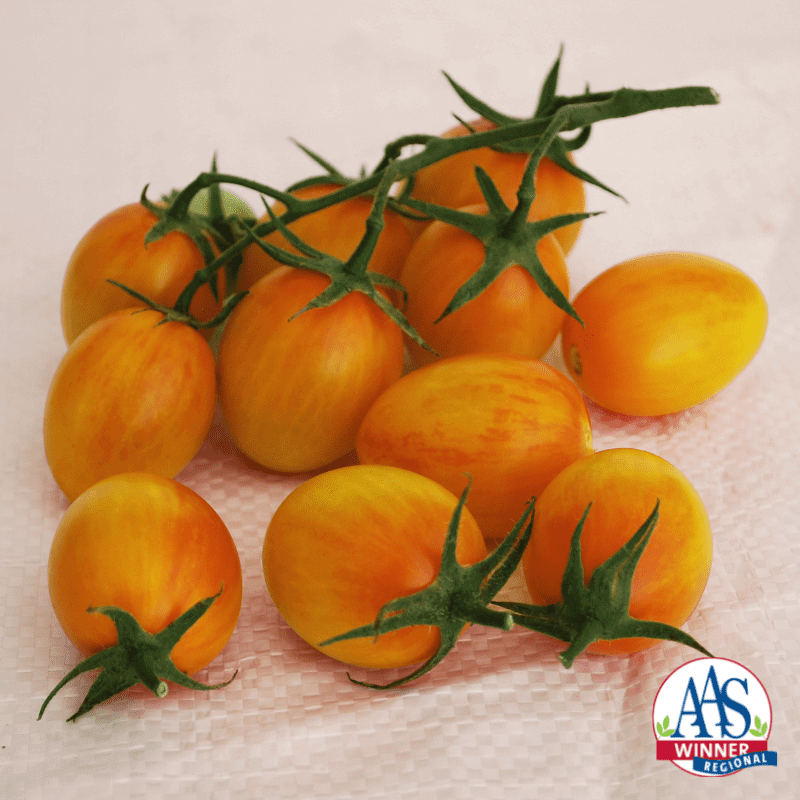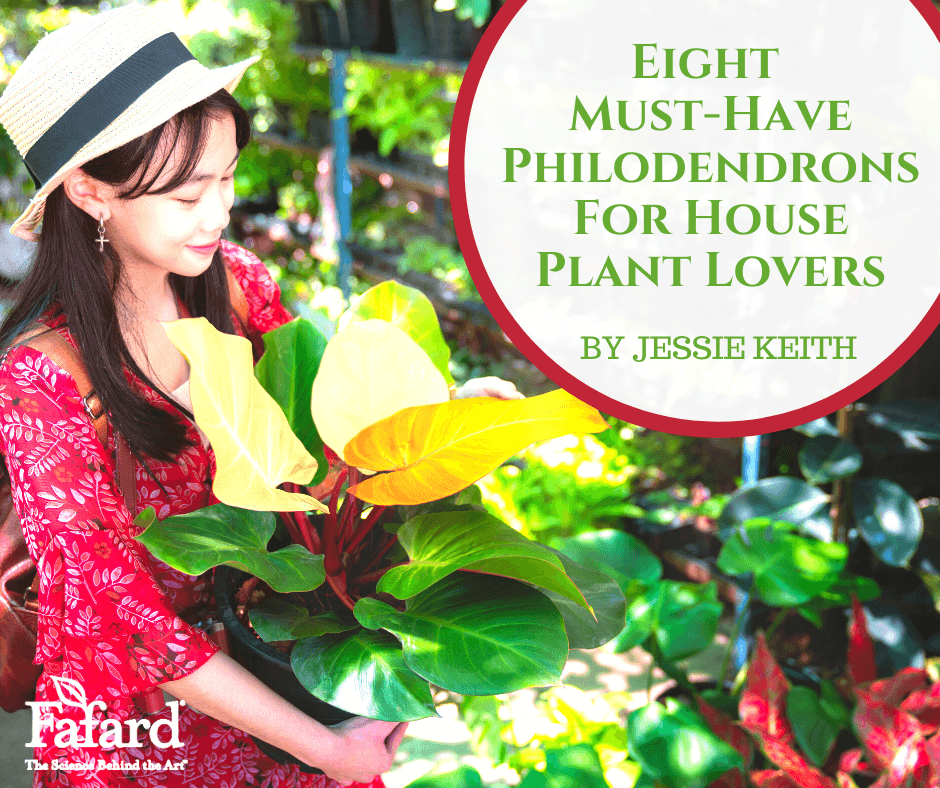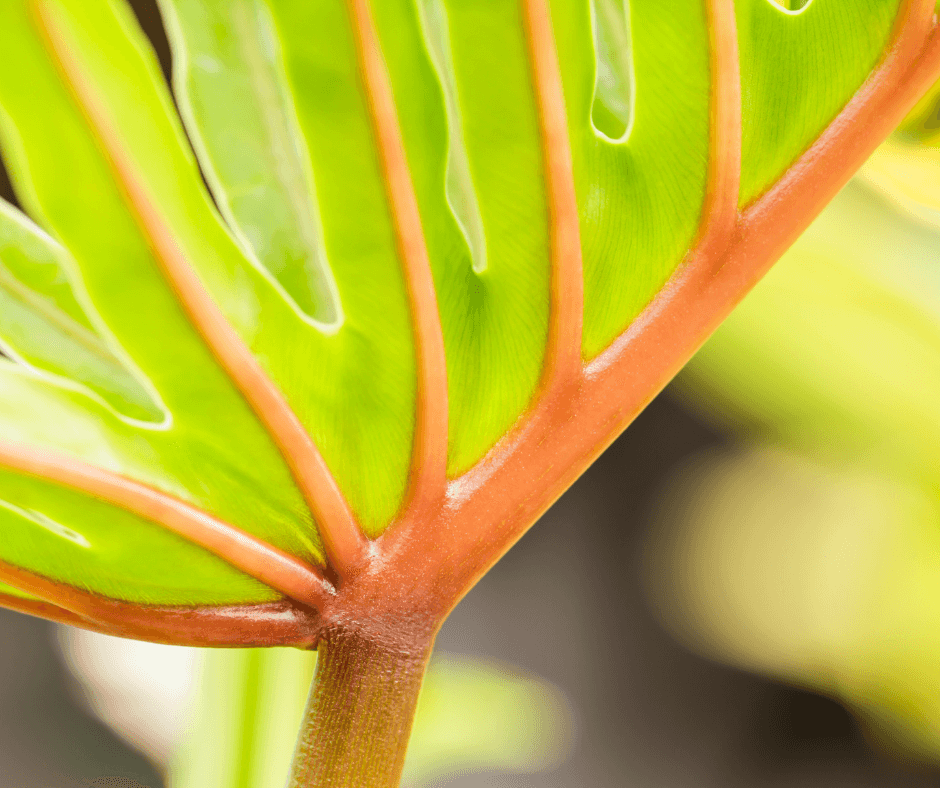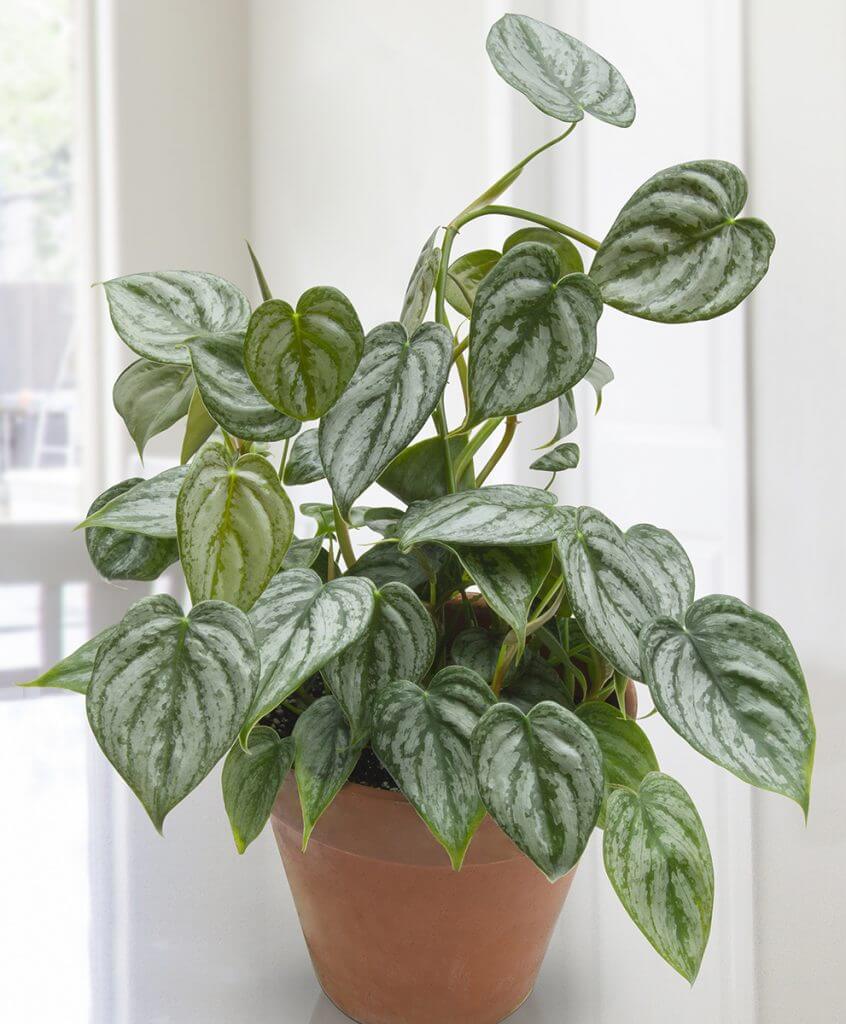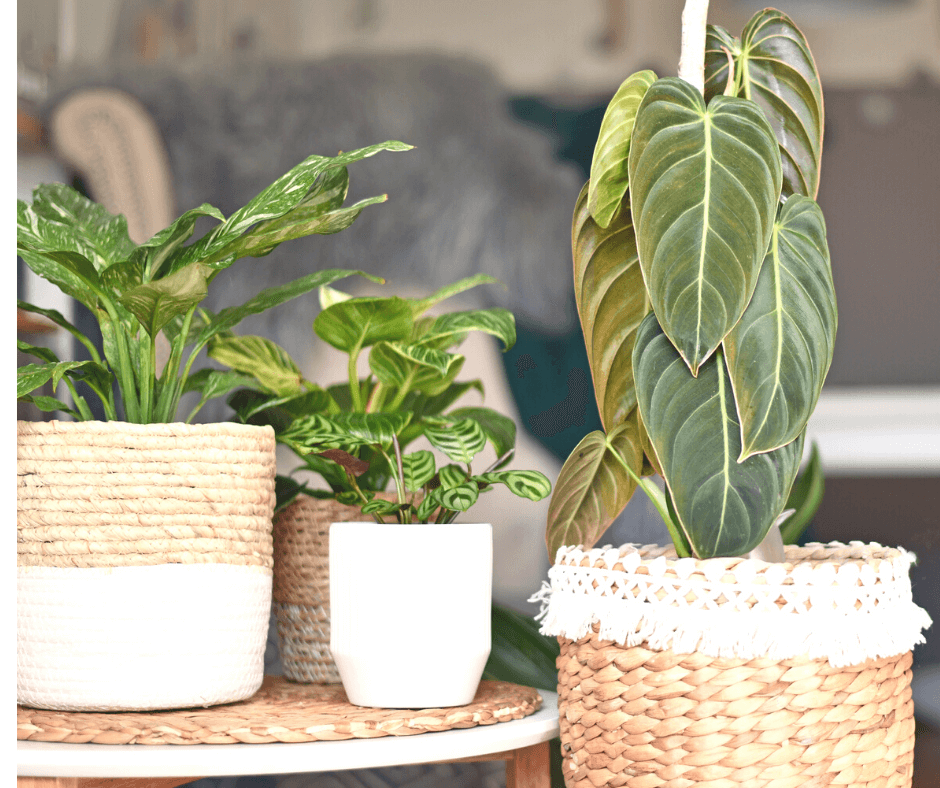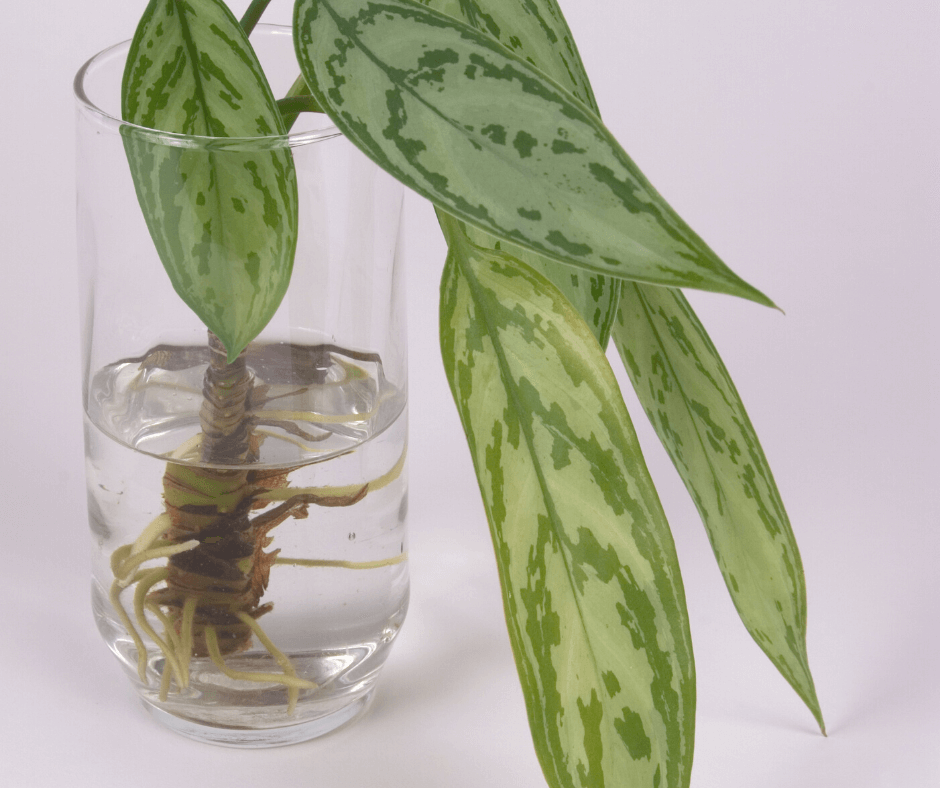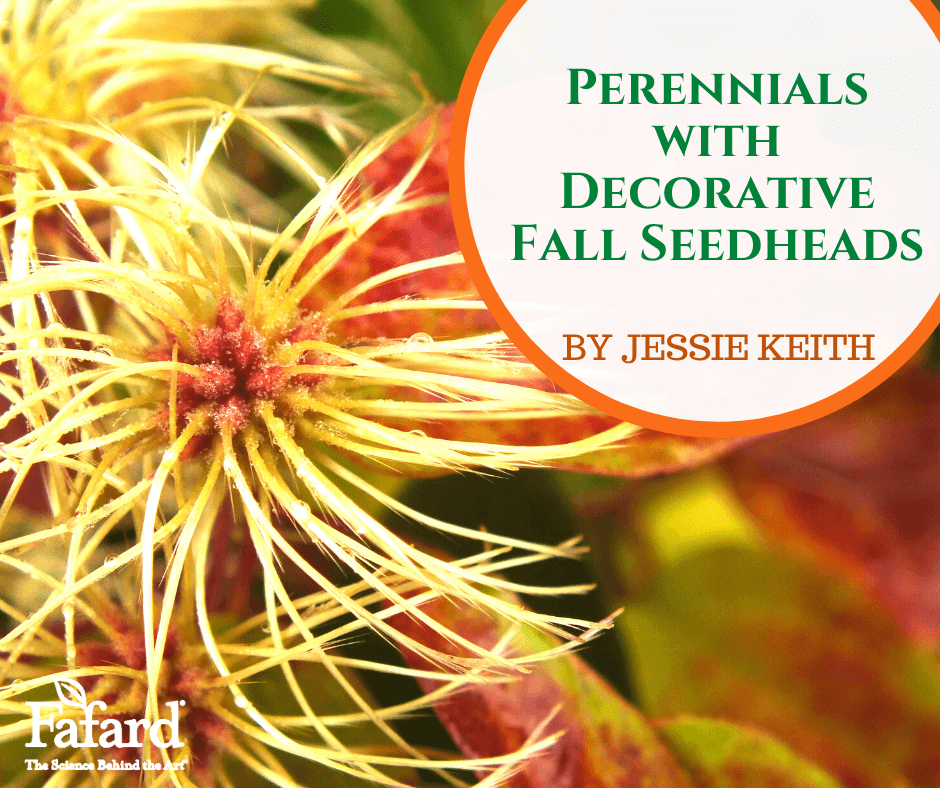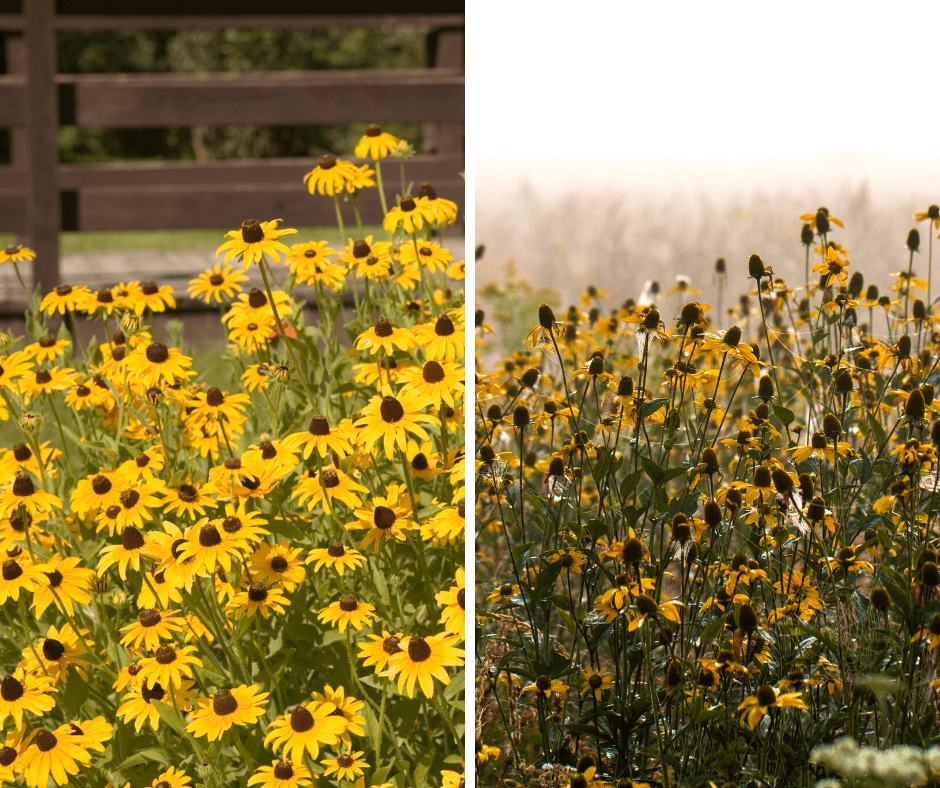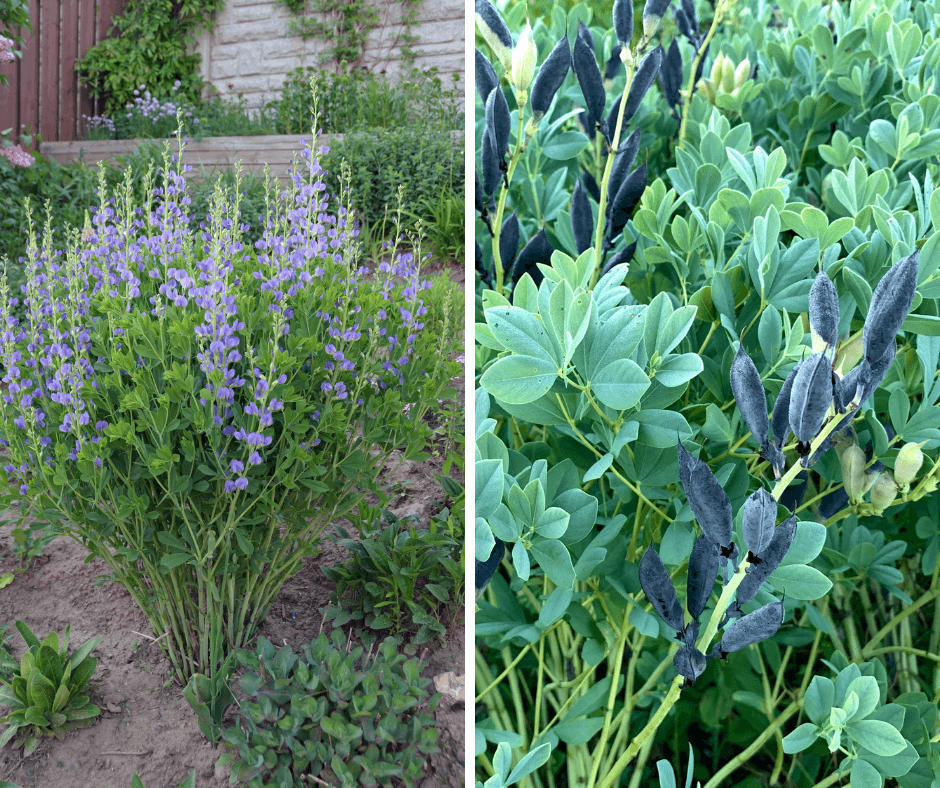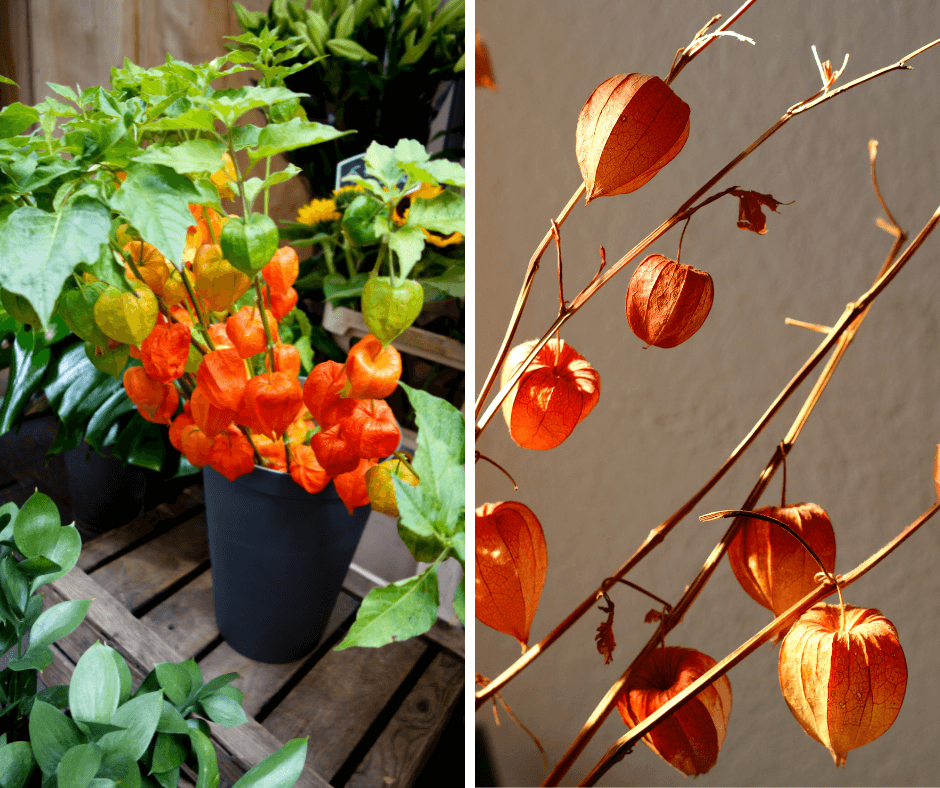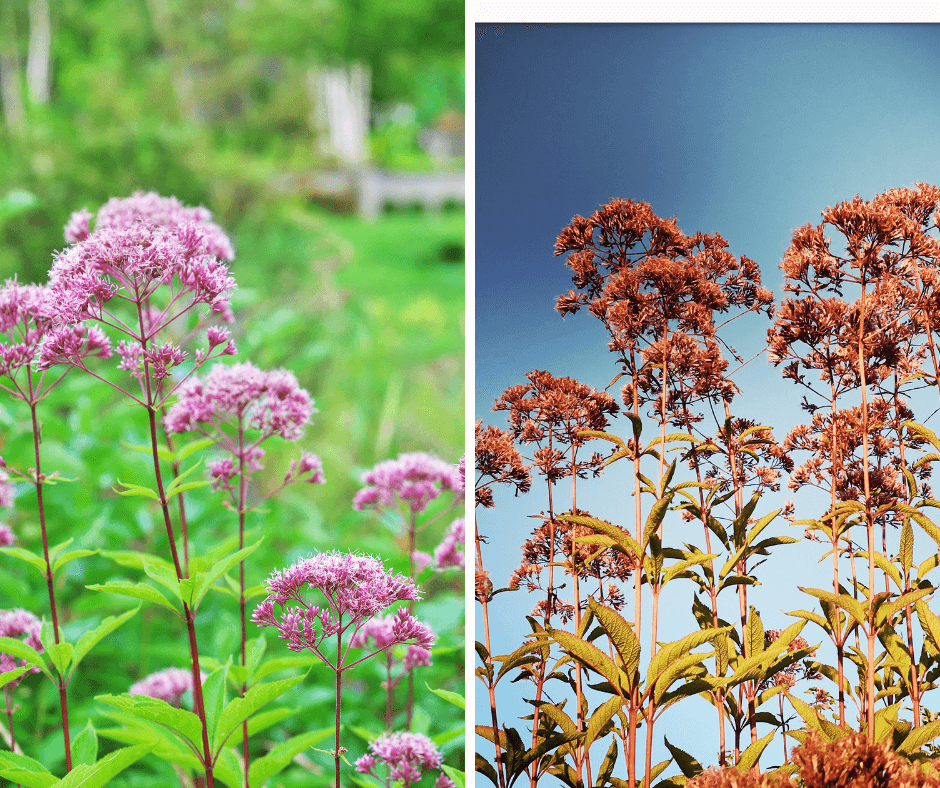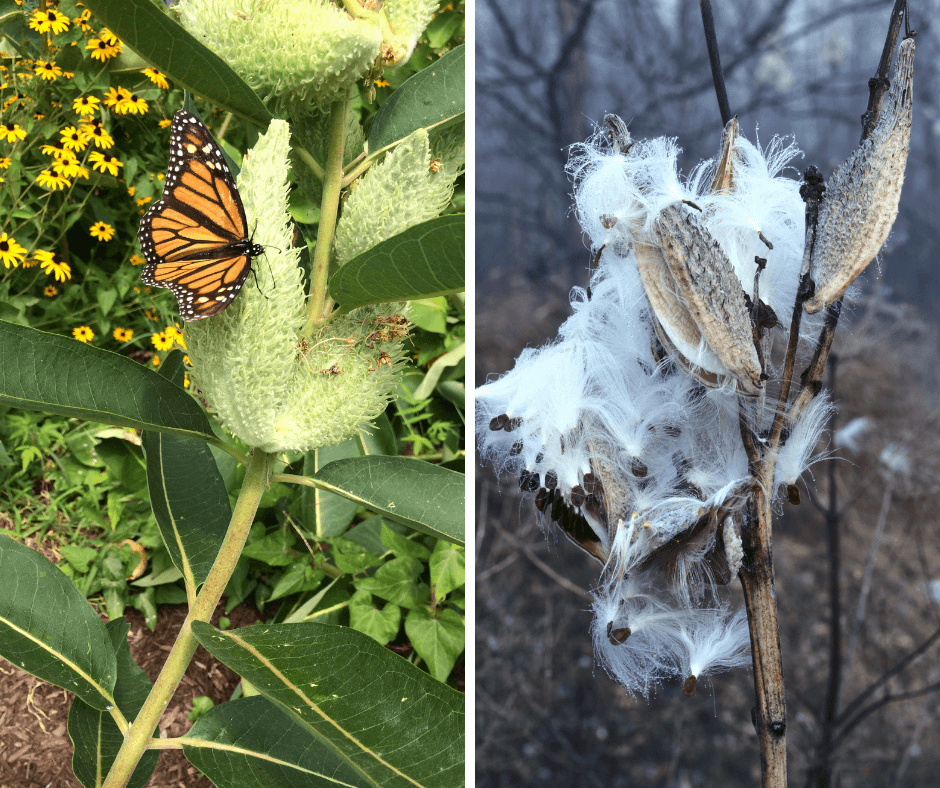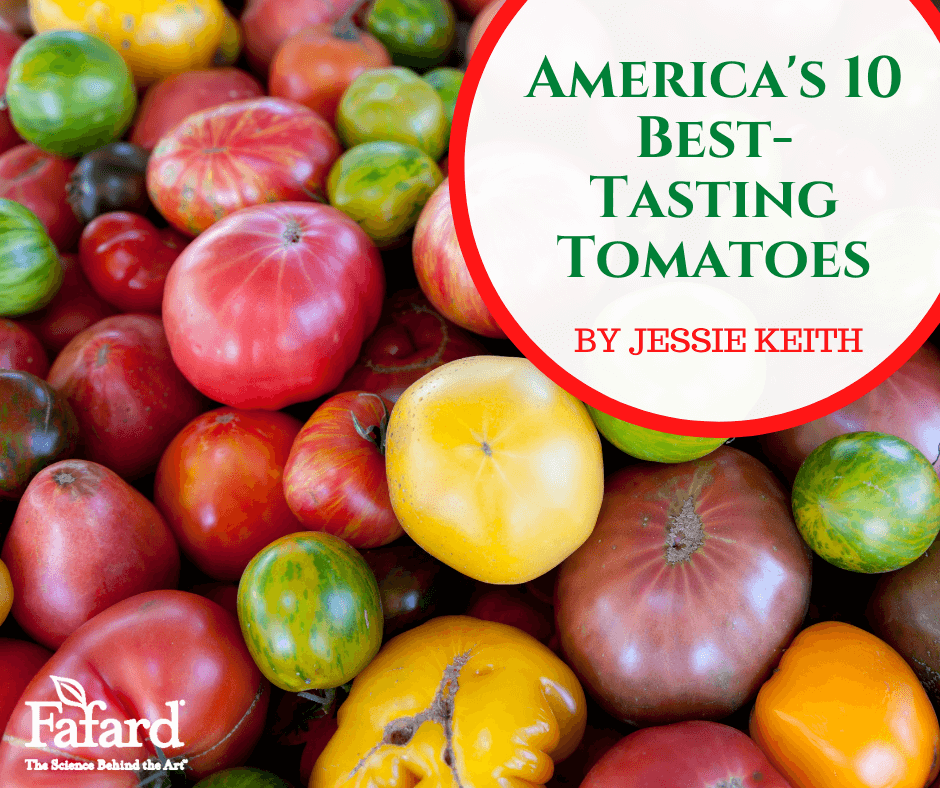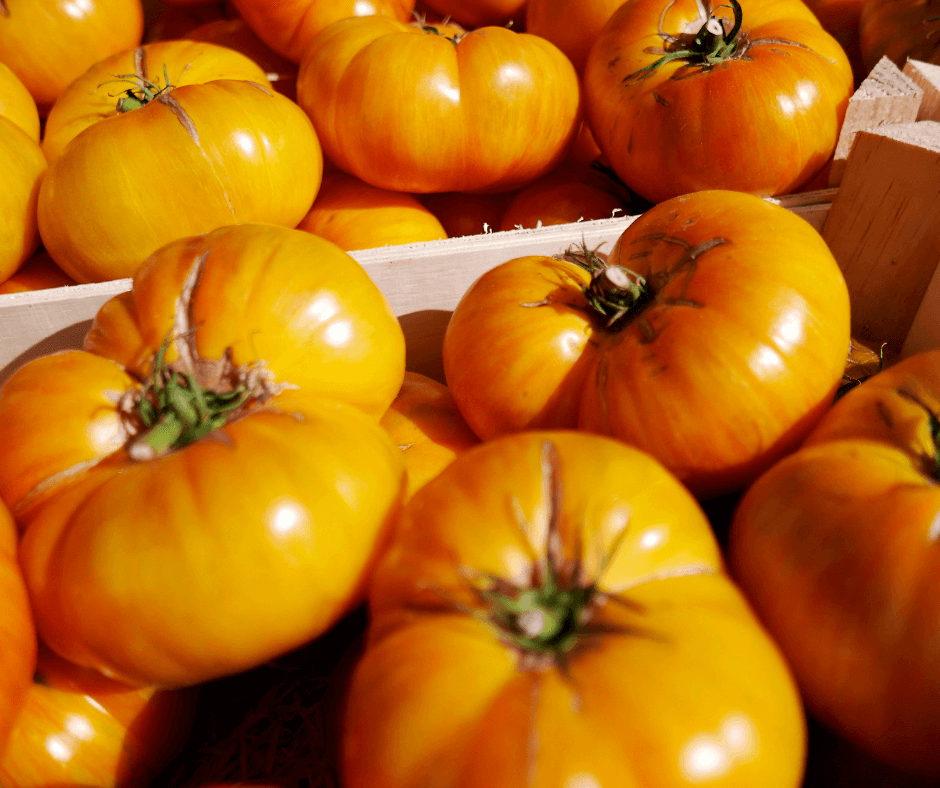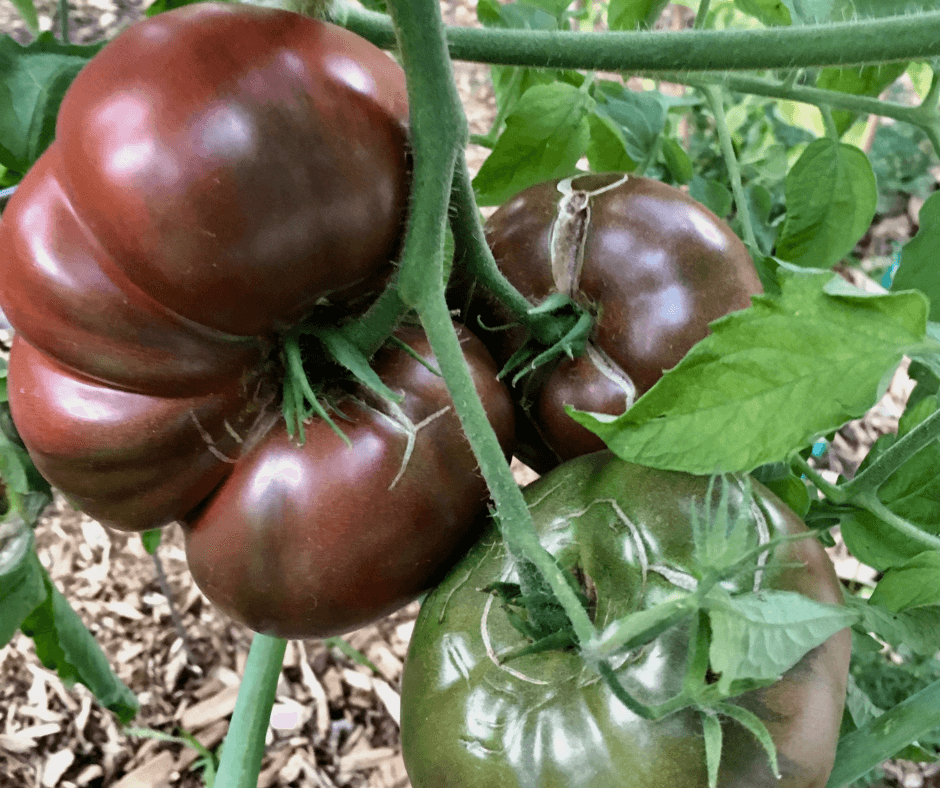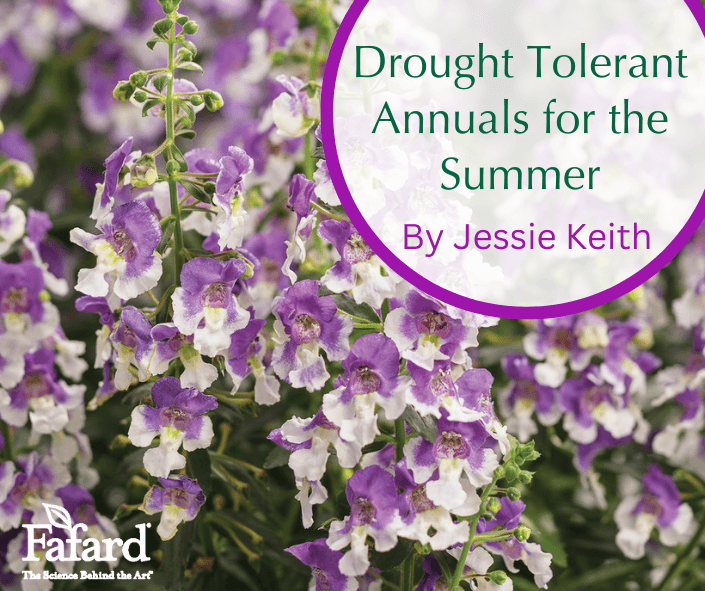
Summer gardening is made easier with tough, drought-tolerant annuals, especially where summers are hot and dry. So many popular bedding plants are tender and water-needy, but there are plenty of waterwise, or xeric, annuals that go beyond low-growing succulents. Many are colorful, resilient, and bloom effortlessly all summer long.
When choosing waterwise summer flowers, I pick from plants native to areas with hot, dry climates, like Mexico, dry regions of Africa, the American Southwest, and hot, dry areas of the Mediterranean. Agastache, angelonia, cuphea, autumn sage and hybrids, marigolds, and low-growing zinnias are several excellent choices. Exciting new varieties make it easy to fill the garden with beautiful flowers sure to shine in tough weather.
Hummingbird Mint

Hummingbirds visit Agastache’s pretty wands of flowers. Otherwise known as hummingbird mint, the plants bloom through summer and into fall with moderate watering. Because of their reliability, they are a standby in my garden, especially the more colorful varieties.
The compact and floriferous Arizona™ Sunset has lavender and orange flowers and plants reach just one foot high. The 22-inch ‘Rosie Posie’ has even more colorful flowers of magenta-purple and orange. The plants originate from the American Southwest, where heat and drought are common, so expect them to flourish in warm-summer areas.
Angelonia
Summer snapdragon (Angelonia angustifolia) is a nonstop bloomer native to Mexico with distinctive spikes of white, purple, or pink snapdragon-like flowers. The tall (~2.5 feet), large-flowered varieties in the popular Angelface® Series from Proven Winners® are popular and prolific. The warmer the weather, the better they grow. I like the white and violet-blue flowers of Angelface® Wedgwood Blue the most.
Firecracker Plant
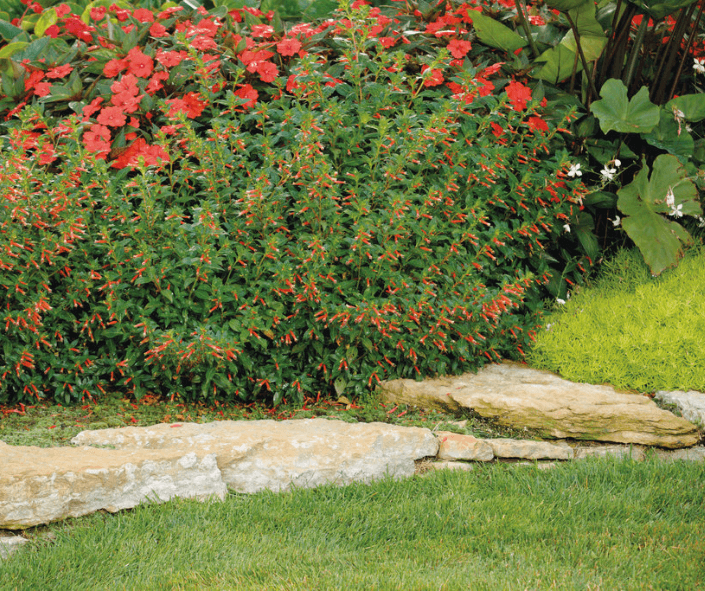
Heat and drought are never a problem for the firecracker plant (Cuphea ignea), another Mexican native. Try the Proven Winner’s variety Vermillionaire™. Each bushy can reach around 2-feet tall and wide and become loaded with small, orange-red, tubular flowers visited by hummingbirds. A strong tendency to bloom all summer until frost is another reason to grow the superb bedding plant. As advertised, the firecracker plant has a high tolerance to hot, dry weather once established.
Autumn Sage
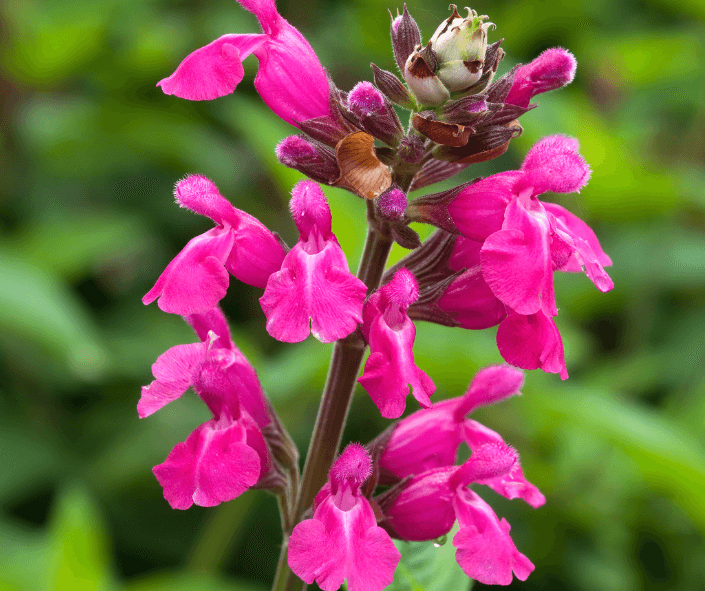
From mid to late summer, I always rely on colorful autumn sage (Salvia greggii and hybrids) to add summer garden color. Autumn sage is a busy tender perennial native from West Texas to Central Mexico, and the blooms are very attractive to hummingbirds! Gardeners up north grow the plant as an annual, but further south they will overwinter if planted in well-drained soil. Try the watermelon-pink ‘Lipstick‘. The shrubby, fast-grower can reach 3 feet high and is laden with short flower spikes until frost.
Marigolds
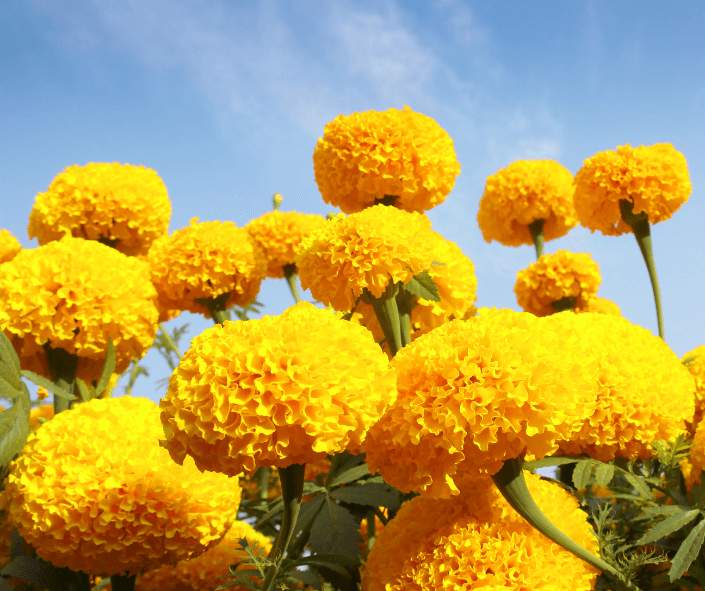
Mexican-native marigolds are made for summer with their warm, nonstop blooms. Try the 3-foot-tall Giant Orange African marigold (Tagetes erecta ‘Giant Orange’) with a plethora of 3-inch flowers. The long-stemmed flowers are suitable for cutting and are borne on strong plants less apt to topple over in the wind. Plant them in colorful cut-flower or annual borders.
Narrowleaf Zinnia

My garden always contains zinnias. Narrowleaf zinnia (Zinnia angustifolia) is notably tolerant of hot, dry weather, and the flowers are reliably attractive. The award-winning, 1-foot-high ‘Crystal White‘ is a garden mainstay with clear white flowers and narrow, dark green leaves. The foliage of the Mexican native is resistant to powdery mildew and will flower through summer. With good care, they will bloom continually. Occasional removal of the spent blooms is recommended. Bees and butterflies visit the flowers.
Growing Waterwise Annuals
Add these waterwise and heat-wise annuals to your summer garden, and you will thank yourself when the scorching days of summer arrive. Give them moderate care and water, and they will keep blooming. Those planted in the ground appreciate the added organic matter of Fafard® Premium Natural & Organic Compost, and those grown in containers of Fafard® Ultra Container Mix with Extended Feed will grow happily.


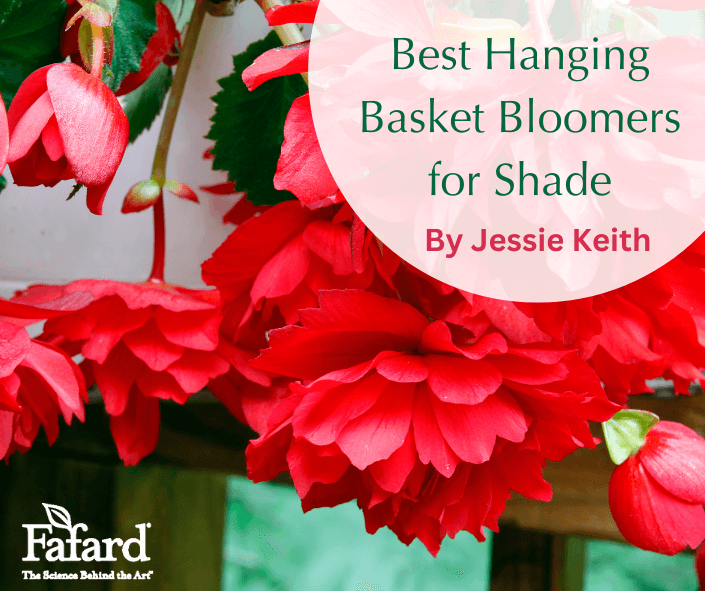

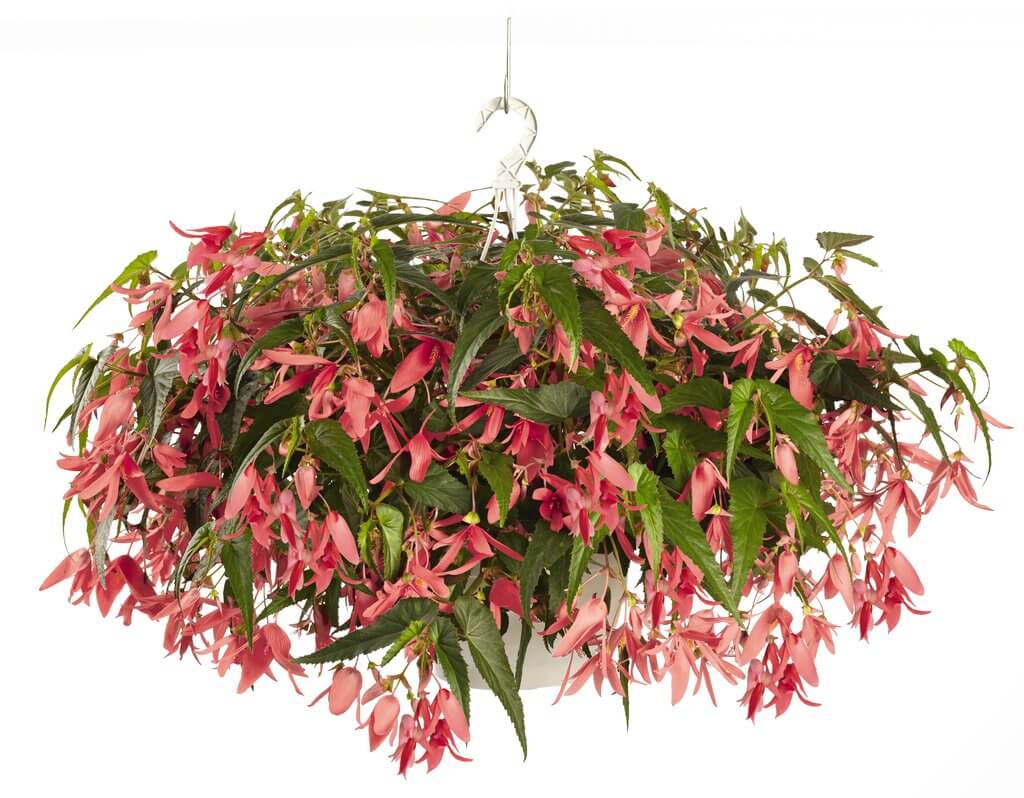

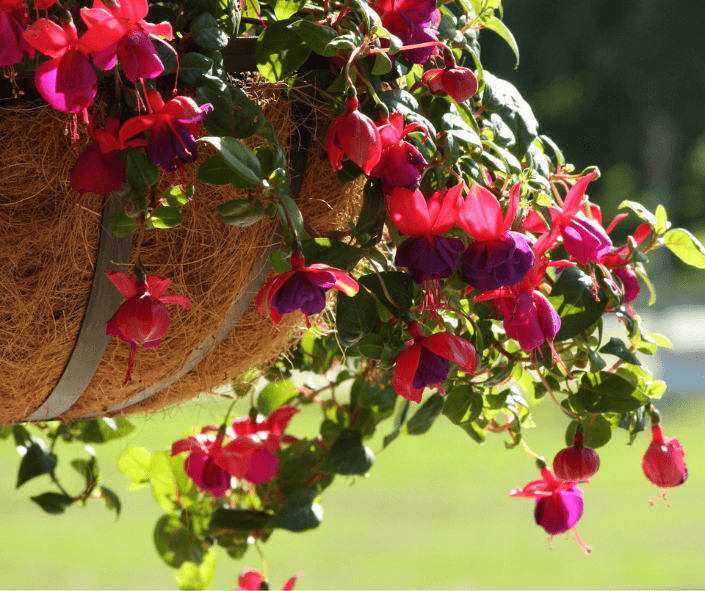
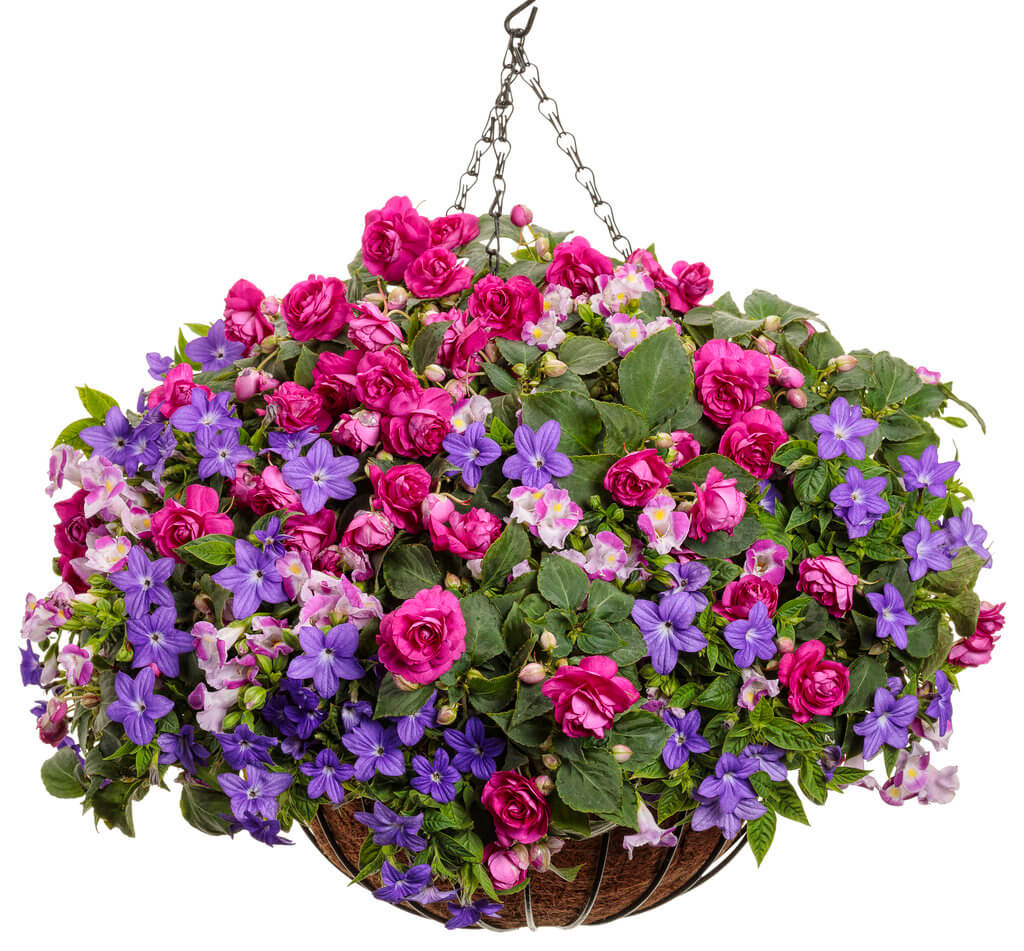
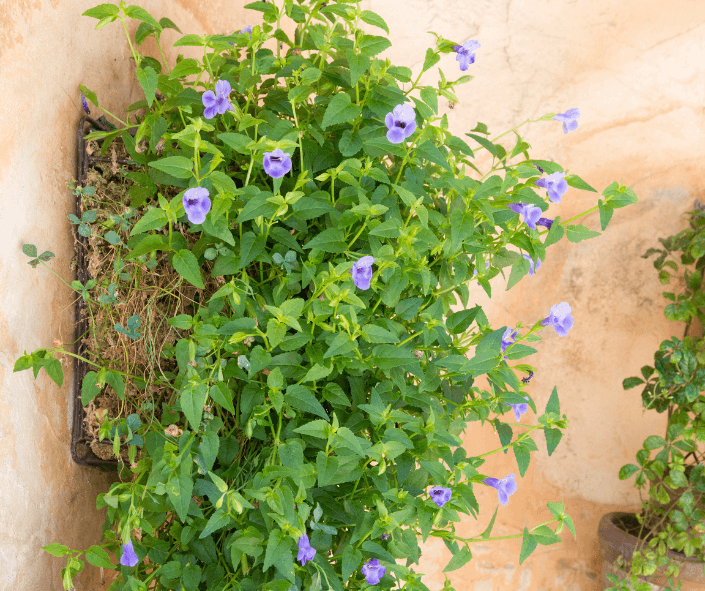

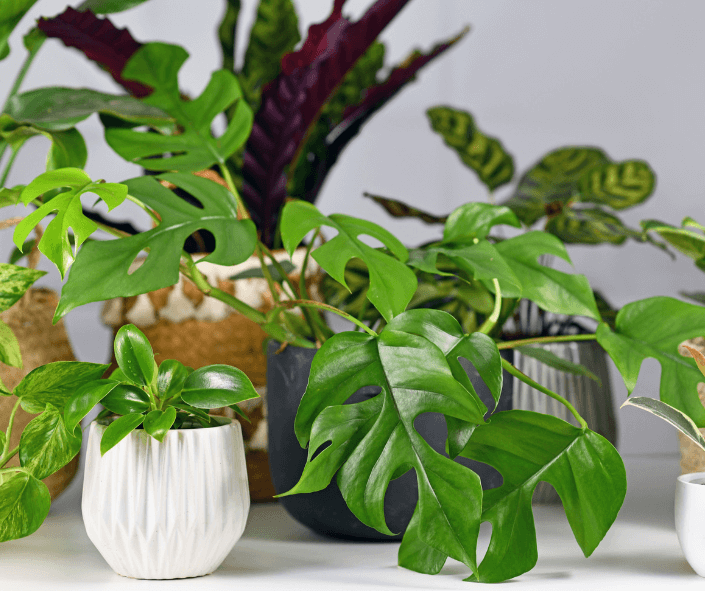

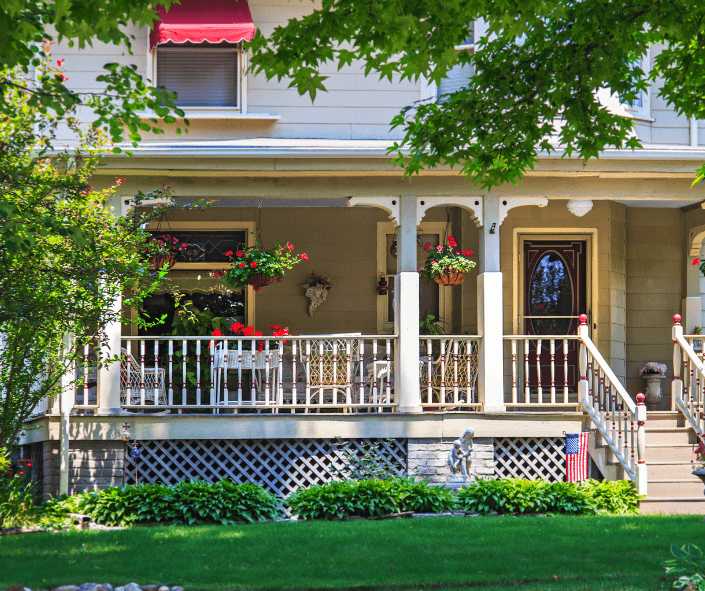

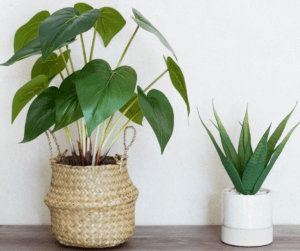


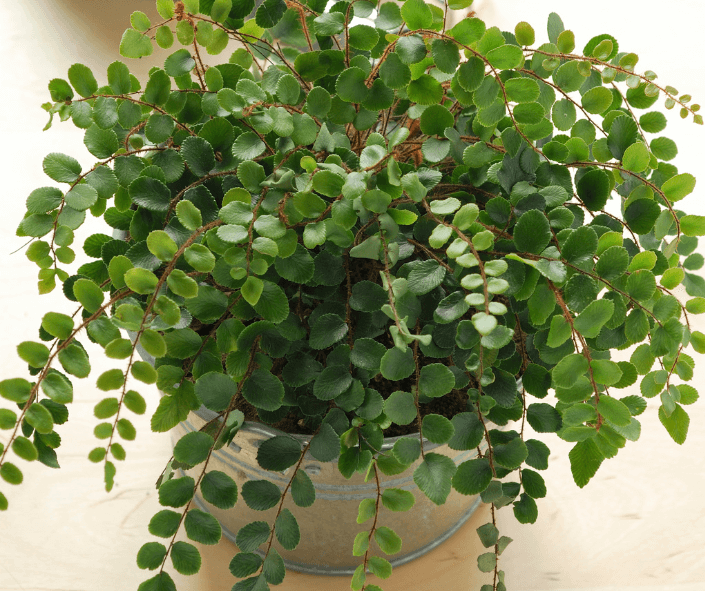


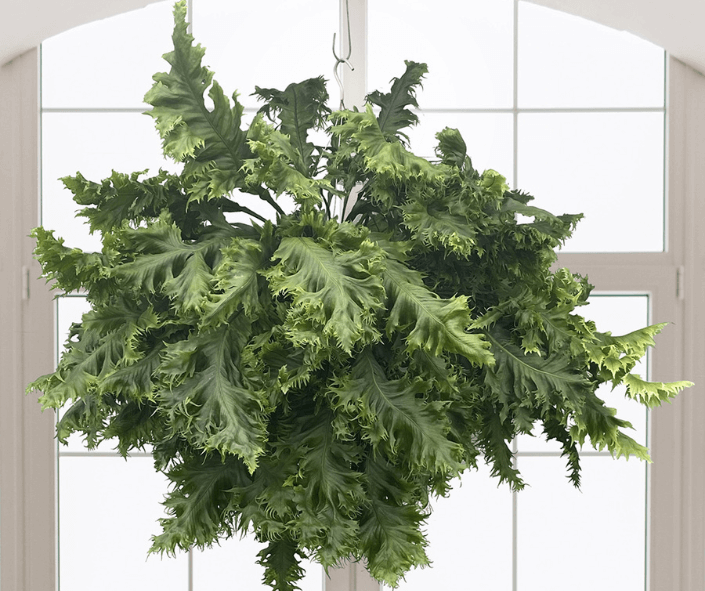
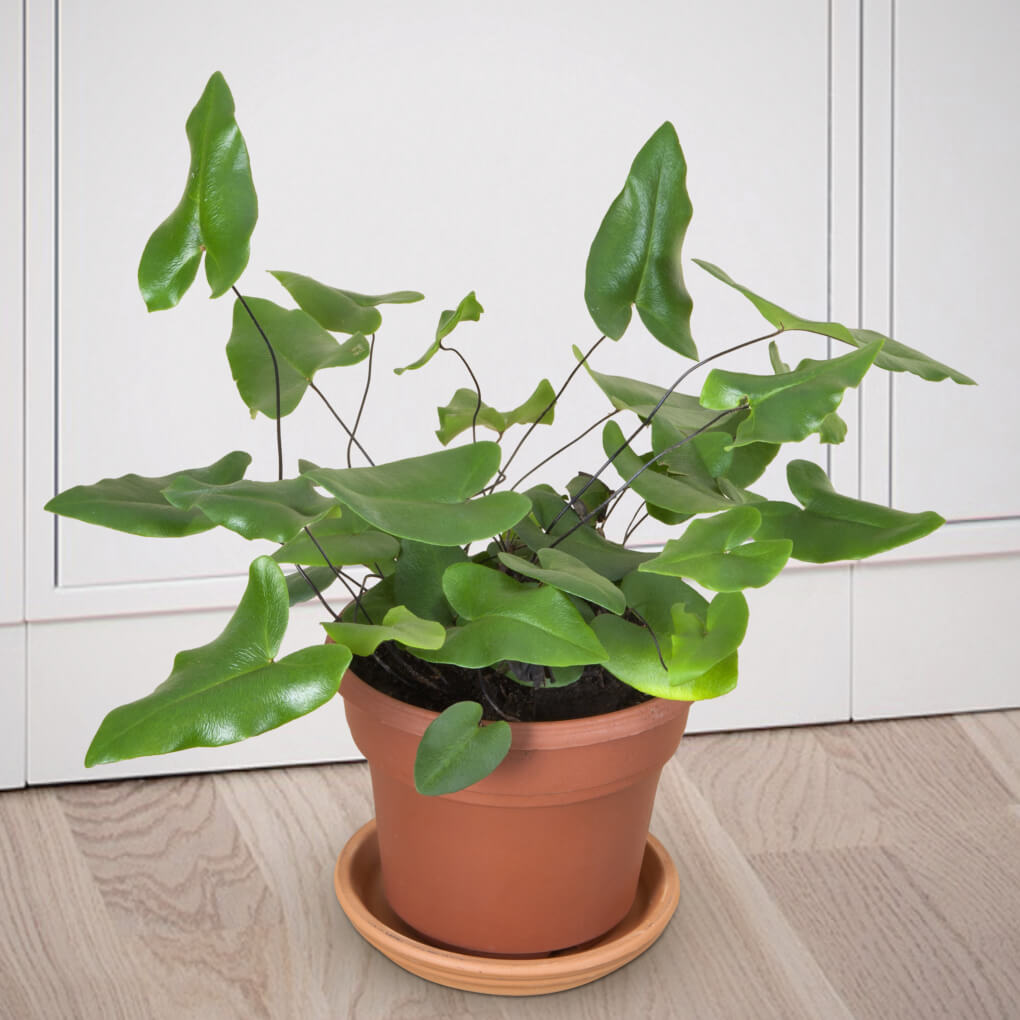
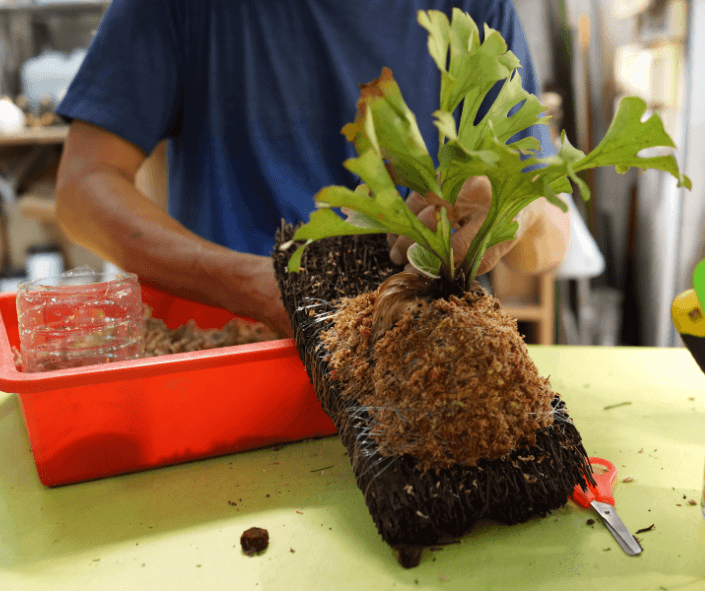
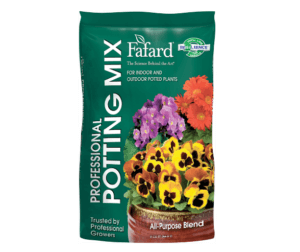 Most ferns grow best in fertile potting mix with a slightly acid pH. Good water-holding ability and drainage are also necessary soil requirements. Both
Most ferns grow best in fertile potting mix with a slightly acid pH. Good water-holding ability and drainage are also necessary soil requirements. Both 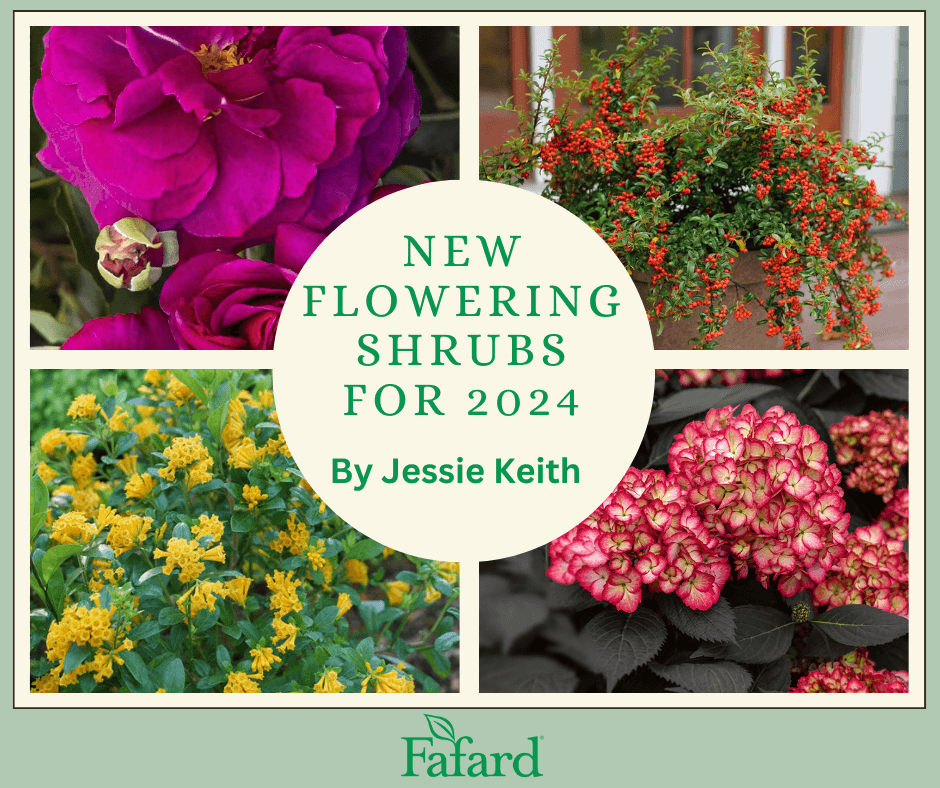
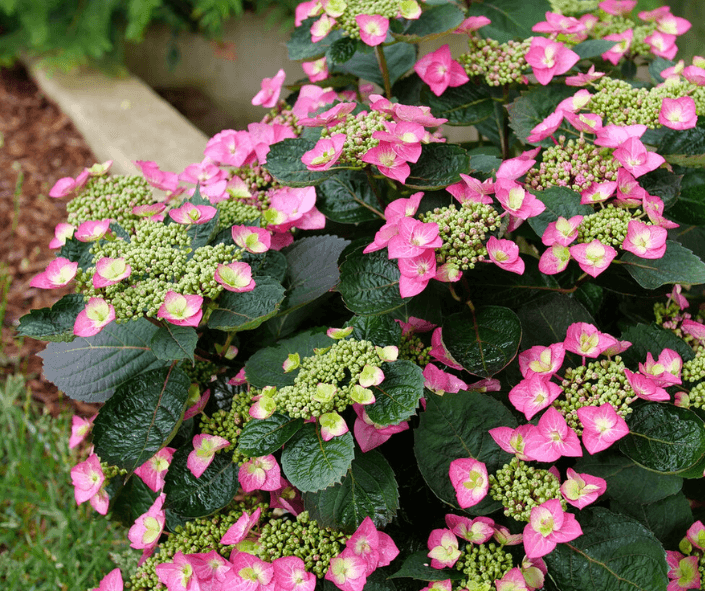

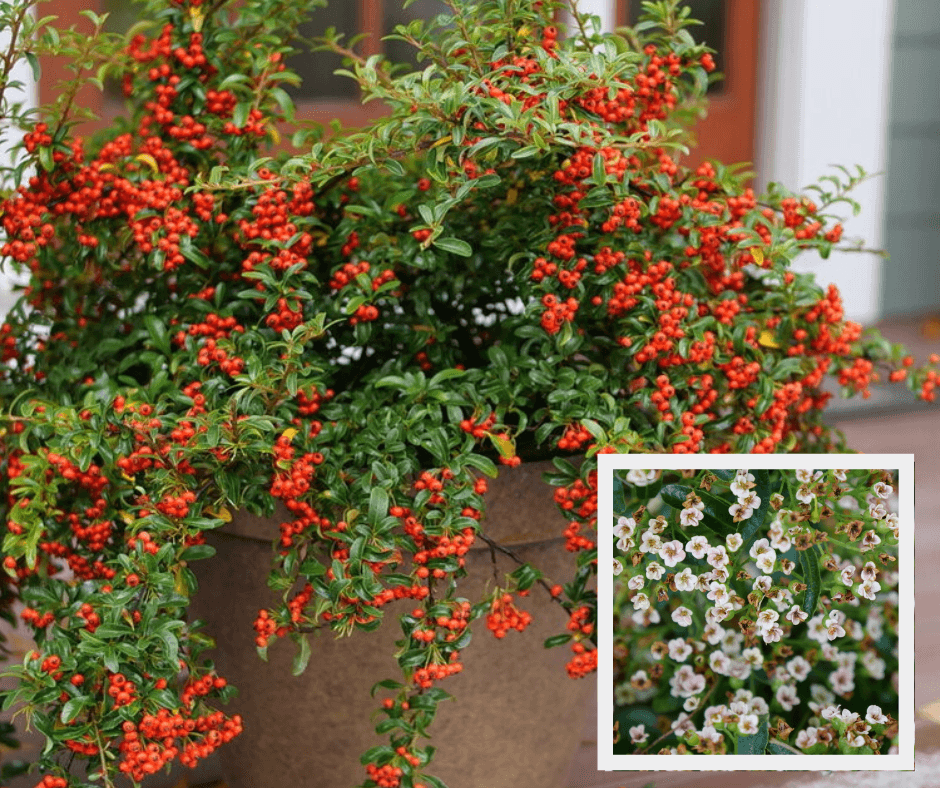
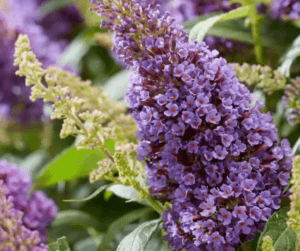
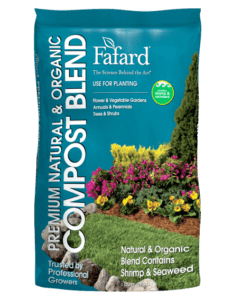 Shrubs are a long-term investment, so make certain to know the needs of any shrub before planting. For further information, I recommend reading the invaluable article,
Shrubs are a long-term investment, so make certain to know the needs of any shrub before planting. For further information, I recommend reading the invaluable article, 